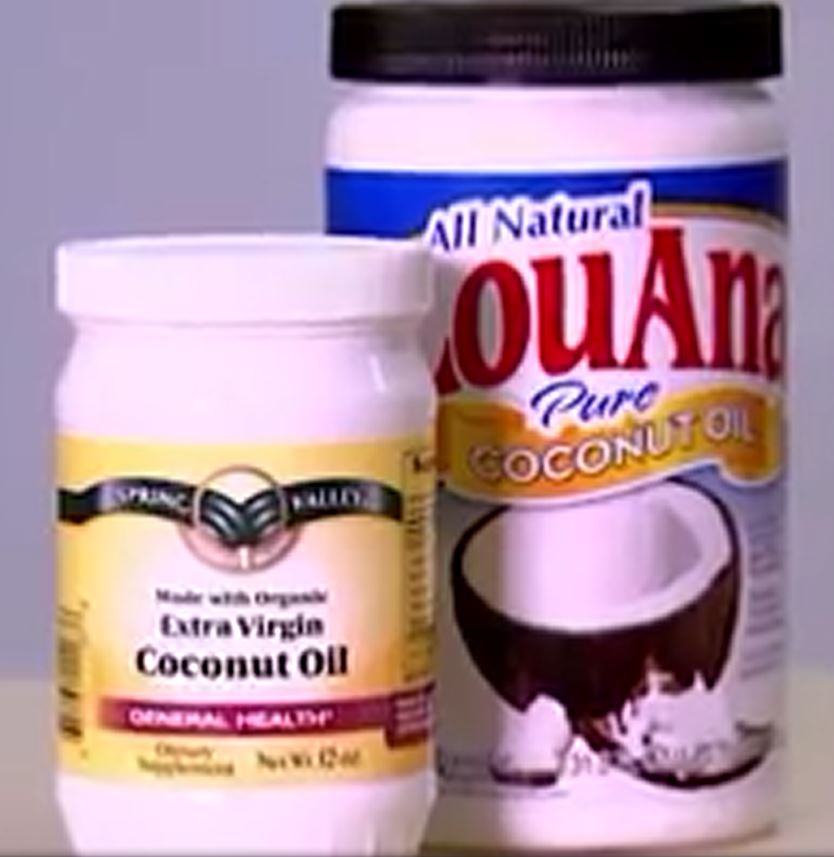PFAS, sometimes called “forever chemicals”, are a group of thousands of chemicals that are used for their non-stick and water-resistant properties. They are used in everyday items like non-stick frying pans, waterproof mascaras, stain-resistant clothing and the packaging for takeaway food items. PFAS can take thousands of years to break down in landfills, and pose harms to human health. Reducing PFAS exposure is challenging but possible.
“PFAS have been used in manufacturing and added to consumer products for decades. They are used across dozens of industries and in a huge range of consumer products because they are so effective at making items resistant to water, stains and grease. Your non-stick frying pan, for example, probably uses PFAS to make the “non-stick” coating.
PFAS can be found in non-stick cookware, fire retardants, stain and water repellents, some furniture, waterproof clothes, children’s textiles, pizza boxes and takeout containers, food packaging, carpets and textiles, rubbers and plastics, electronics and even dental floss.
PFAS are everywhere. While there is concern about these chemicals, the biggest risk and strongest predictor of having high levels of PFAS in your body appears to be living in proximity to contaminated water.
Regular exposure to the galaxy of chemicals we encounter in our daily lives potentially poses health hazards, but about 90,000 human-made chemicals now exist, and we simply don’t know how daily exposure to them affects our health.
A shorthand for the properties of some PFAS is PBT: persistent, bioaccumulative and toxic. Some chemicals classed as PFAS have been linked to health problems including high cholesterol, fertility issues, immune system disorders, kidney disease, birth defects, some cancers and a range of other serious health problems.”
https://organicconsumers.org/are-pfas-in-everything-what-you-need-to-know-about-forever-chemicals



